US already has ‘Gremlins’ an existing programme
IDD Insight
India and the US have signed a new $ 22.3 Million development project to design a ‘concept’ to build a new Air-Launched UAV to be used for stand-off imaging and extending the range of communications.
Targetted use, among other issues, is humanitarian assistance and disaster relief, cross-border operations and inspecting unreachable areas.
The US Air Force Research Laboratory will team with scientists and engineers from the India’s Defence Research and Development Organisation (DRDO) and the Science & Technology arm of the Indian Ministry of Defence, to design, develop and build a new Air-Launched Unmanned Aerial Vehicle (ALUAV).

Plans includes the first phase is the design proof of concept, followed by the development of a ‘new ALUAV’ system to meet operational requirements. The IDD was the first to report on this in June 2020. Read it here
How will this co-development work
A Joint team of India and the US will “start from the ground up” to build a UAS designed for extended range communications, one capable of sending messages hundreds of miles.
“The UAS we develop [under this agreement] will ultimately launch from host aircraft to provide additional capability to the military”.
Dr. Paul Fleitz, AFRL Air-Launched Off-Board Operations team lead
US and India will co-own the new Unmanned Airel Systems (UAS) design. The project will run for seven years, said the AFRL.
Different from existing system of the US
The statement of the US and the Indian sides mention the word ‘new design’ and ‘co-owning of design’ makes it amply clear that the existing air launched project of the US is separate from this venture. The Defense Advanced Research Projects Agency (DARPA) of US announced in January this year that attempts at airborne retrieval of three unmanned air vehicles, nicknamed Gremlins, were just inches from success. Darpa flight test series which started on October 28 last year. Named a X-61A Gremlins Air Vehicle (GAV), the US is trying to mate a C-130 aircraft to retrieve the UAV. Read here the IDD insight on this
In US the General Atomics Aeronautical Systems, Inc (GA-ASI) has developed a game-changing Small-UAS known as ‘Sparrowhawk’, which an aircraft such as the MQ-9 can carry under its wing as it might a traditional payload like a sensor pod or a fuel tank. But when the MQ-9 reaches an area of interest on a mission, it can do something few remotely operated aircraft have ever done – launch the smaller UAS and then recover it in mid-flight. Read details here India is looking to get get 30 of the MQ-9 from the US and such a small drone could be part of the project.

What will be the air launched UAV
A plane will launch multiple, low-cost, reusable unmanned aerial systems and be able to retrieve them using transport aircraft and carry them back to base. A large aircraft such as bombers or transport aircraft, could be able be launch such UAV’s while the planes remain out of range of adversary defences. The US and India have a commonality of the C-130 and the C-17 planes.
The idea of an air launched UAV is the ability to send large numbers of small unmanned air systems with coordinated, distributed capabilities for an improved operational flexibility at much lower cost.
Under DTTI
The two countries have a India-US Defence Technology and Trade, Initiative (DTTI) and the ALUAV will be the first such technical project agreement under the DTTI for joint cooperative research and co-development activities. The DTTI, which began in in 2012, aims to utilize both countries’ top-tier capabilities, talent and resources to jointly develop defence technology as part of a growing bilateral defence partnership. Read full details here.
Quad inter-operability
The United States designated India as a Major Defense Partner in 2016. A shared commitment to ensuring a Free and Open Indo-Pacific Region underpins the growing defence partnership.
“Projects like this help advance interoperability of our respective Air Forces”.
AFRL Executive Director Timothy Sakulich
Sakulich, called India an “important partner” and termed the agreement on the ALUAV as “an exciting opportunity to deepen our relationship through collaborative technology development.”





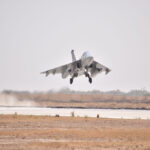
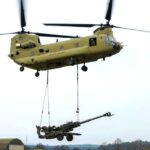

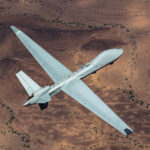






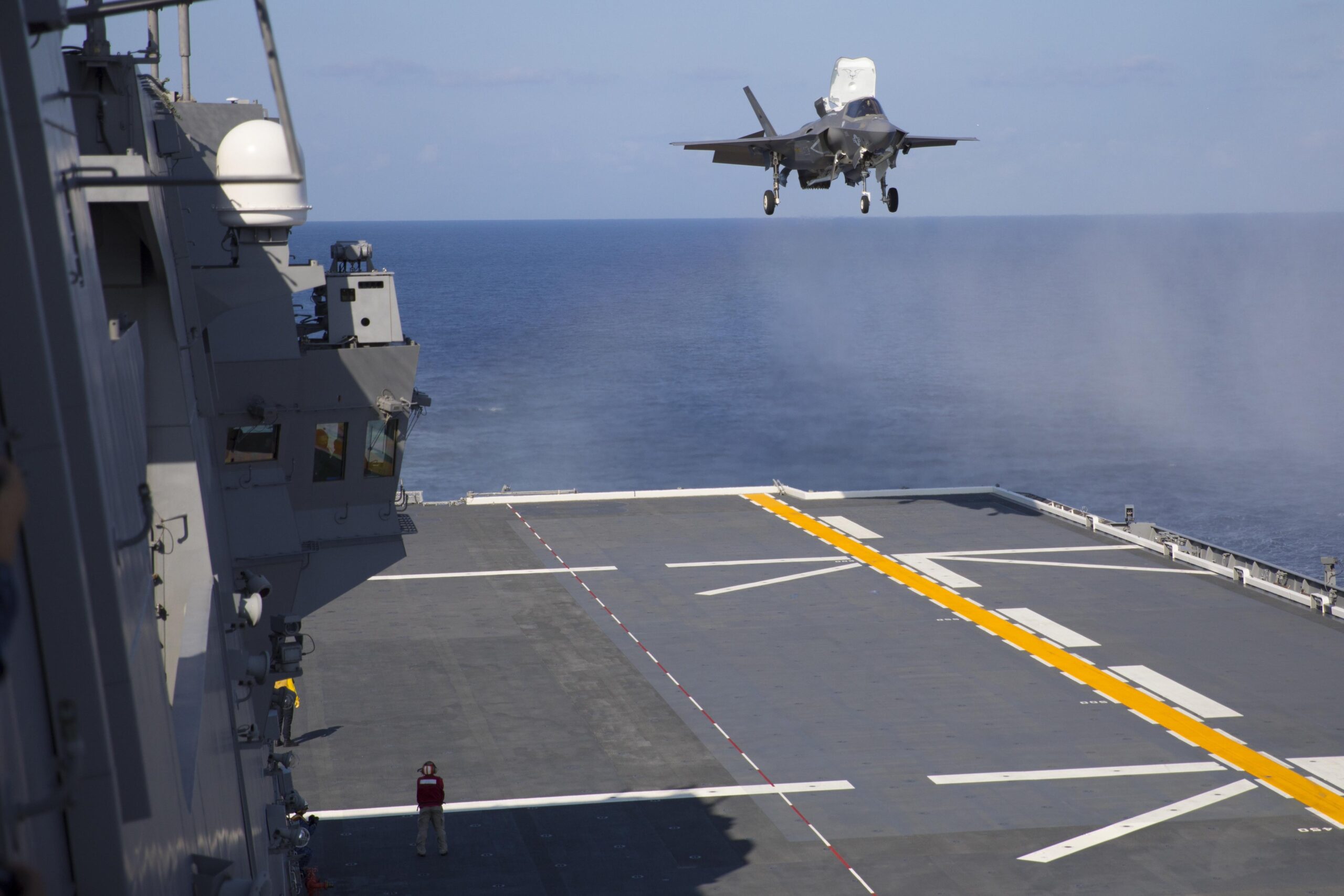
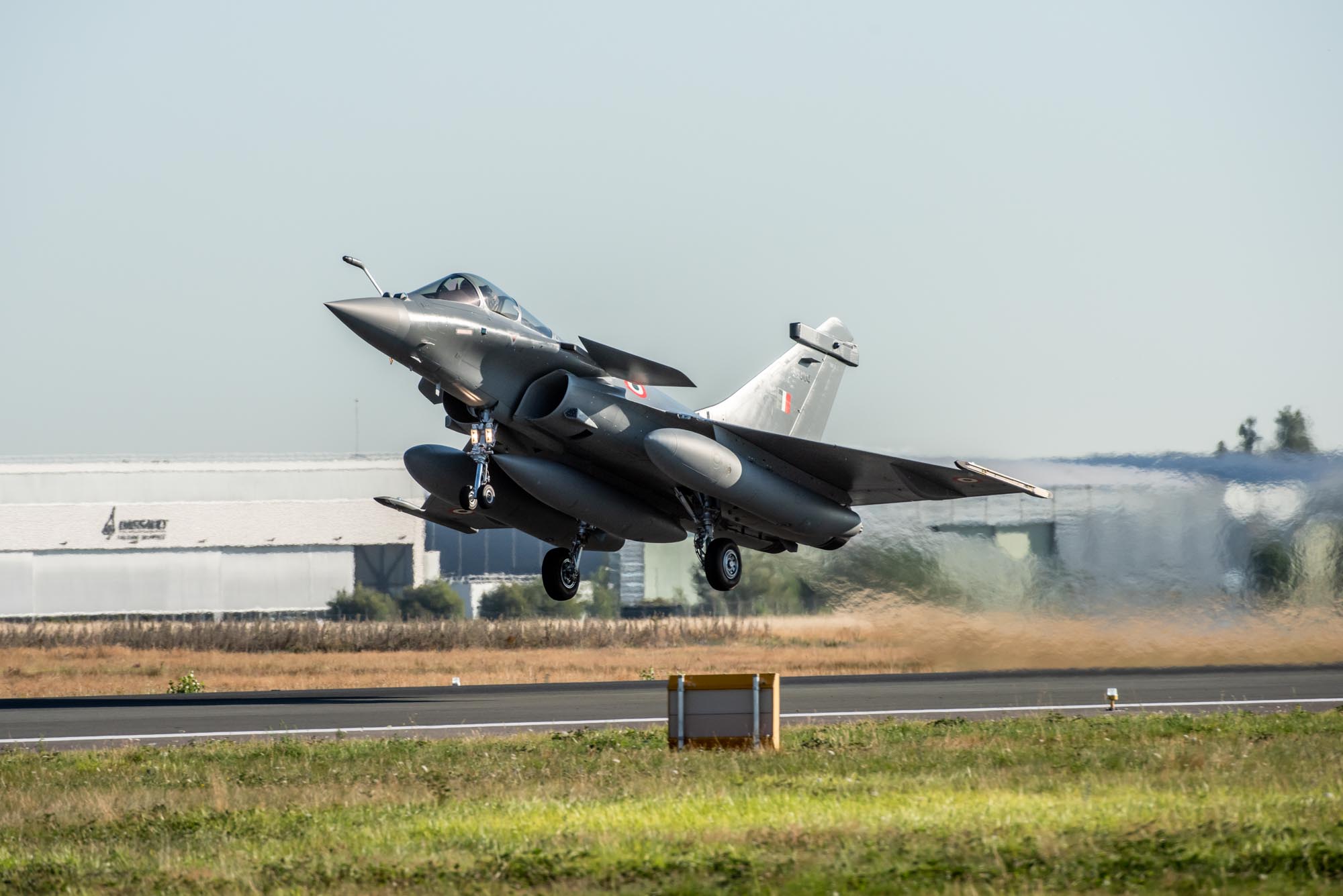
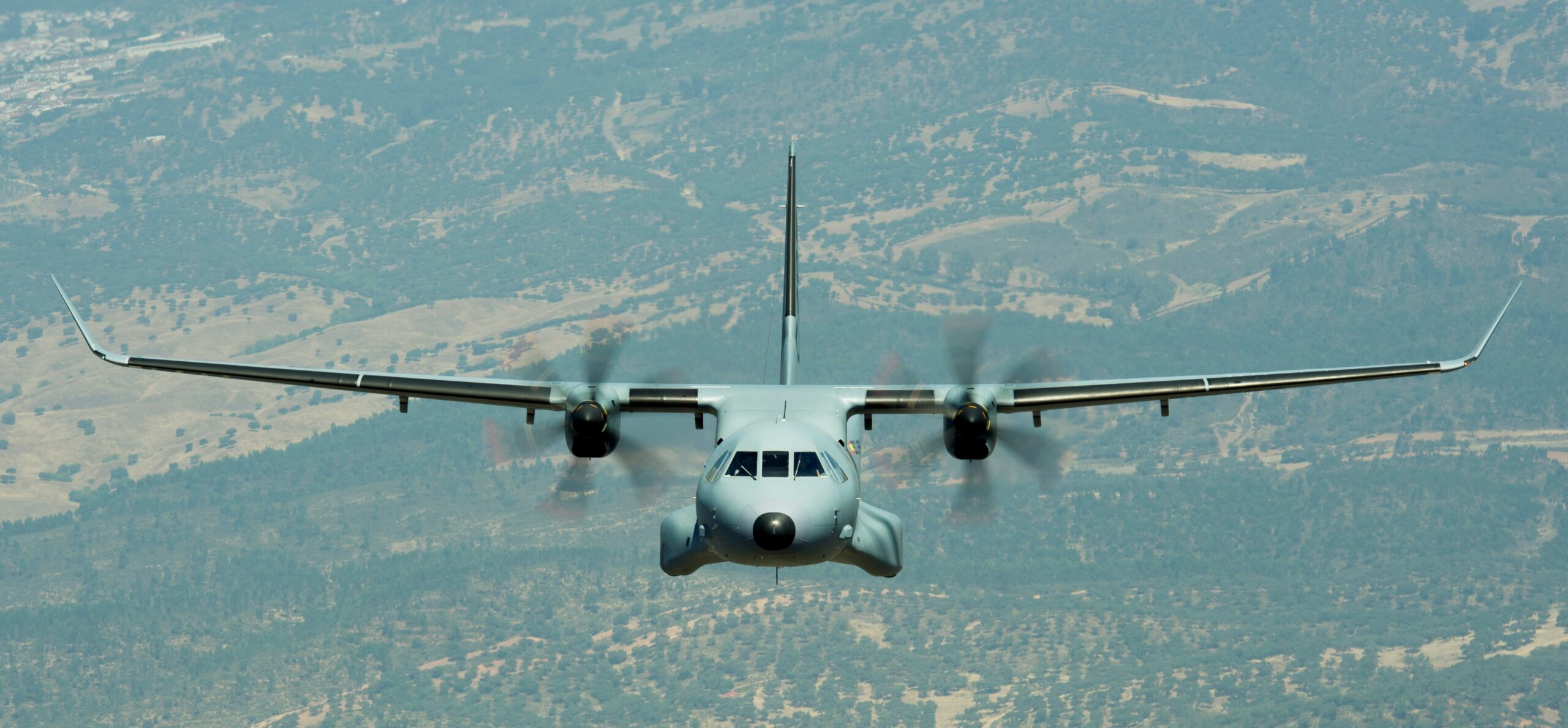
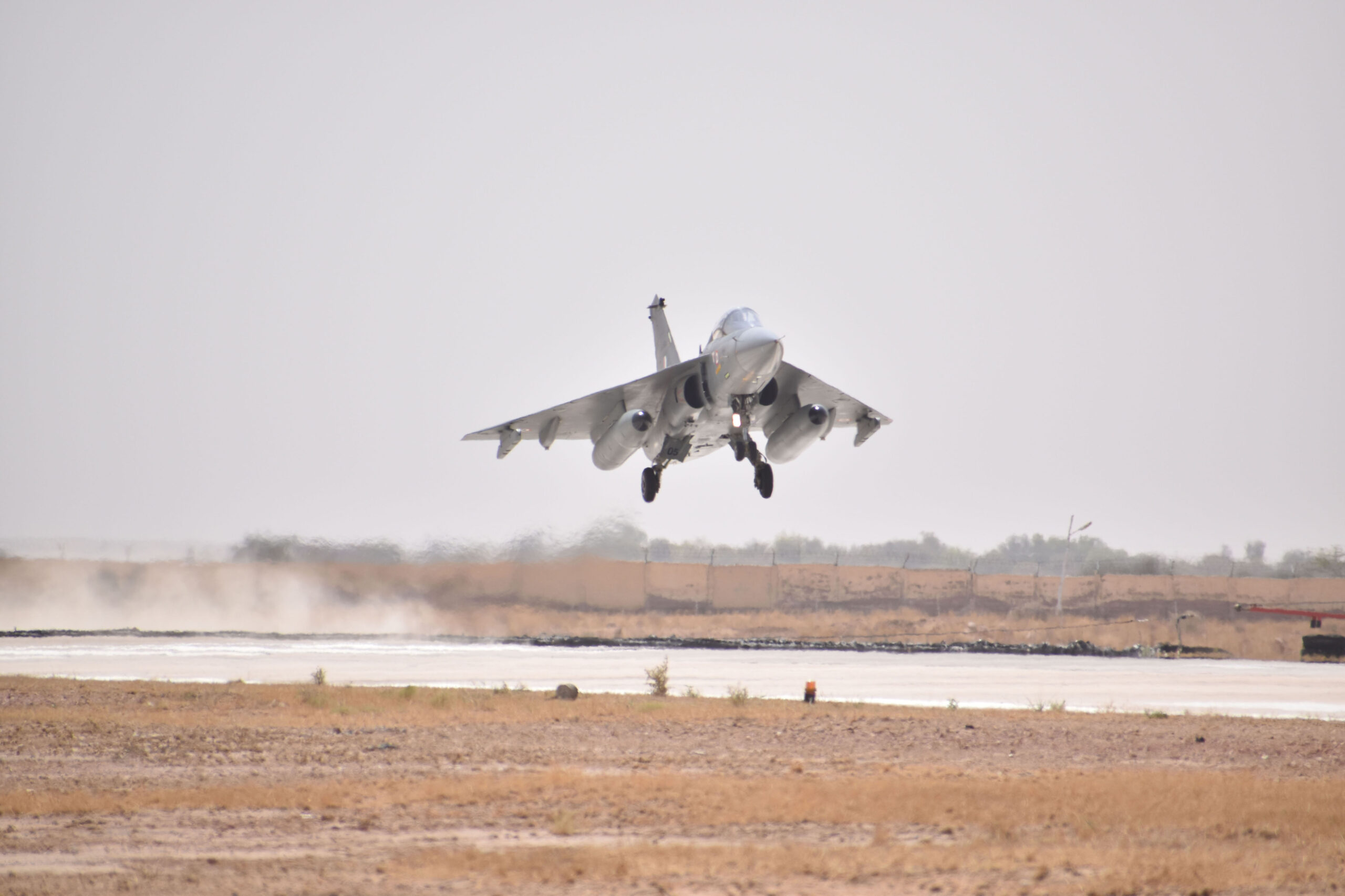
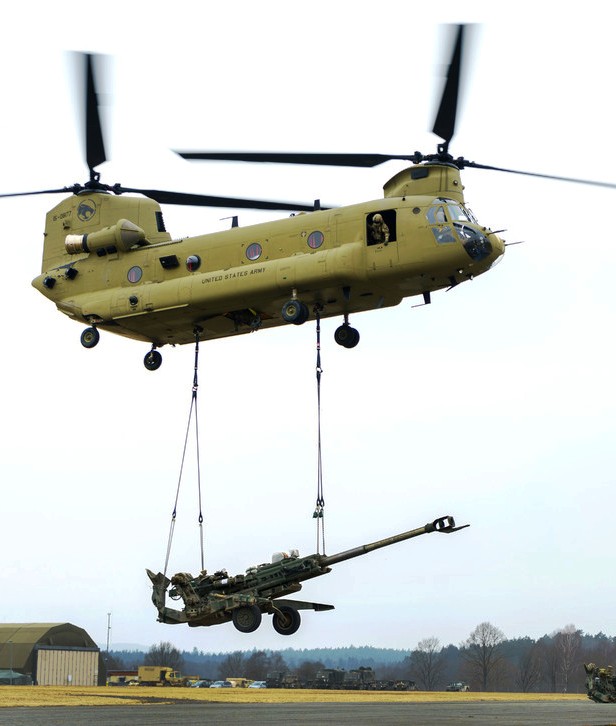
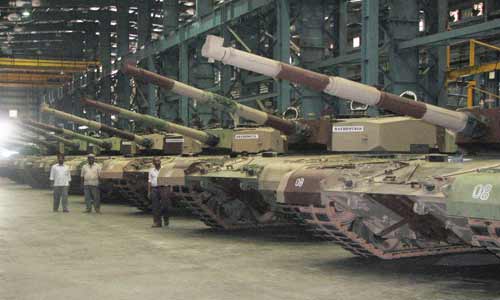
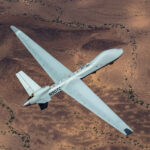

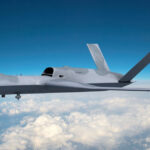
Recent Comments